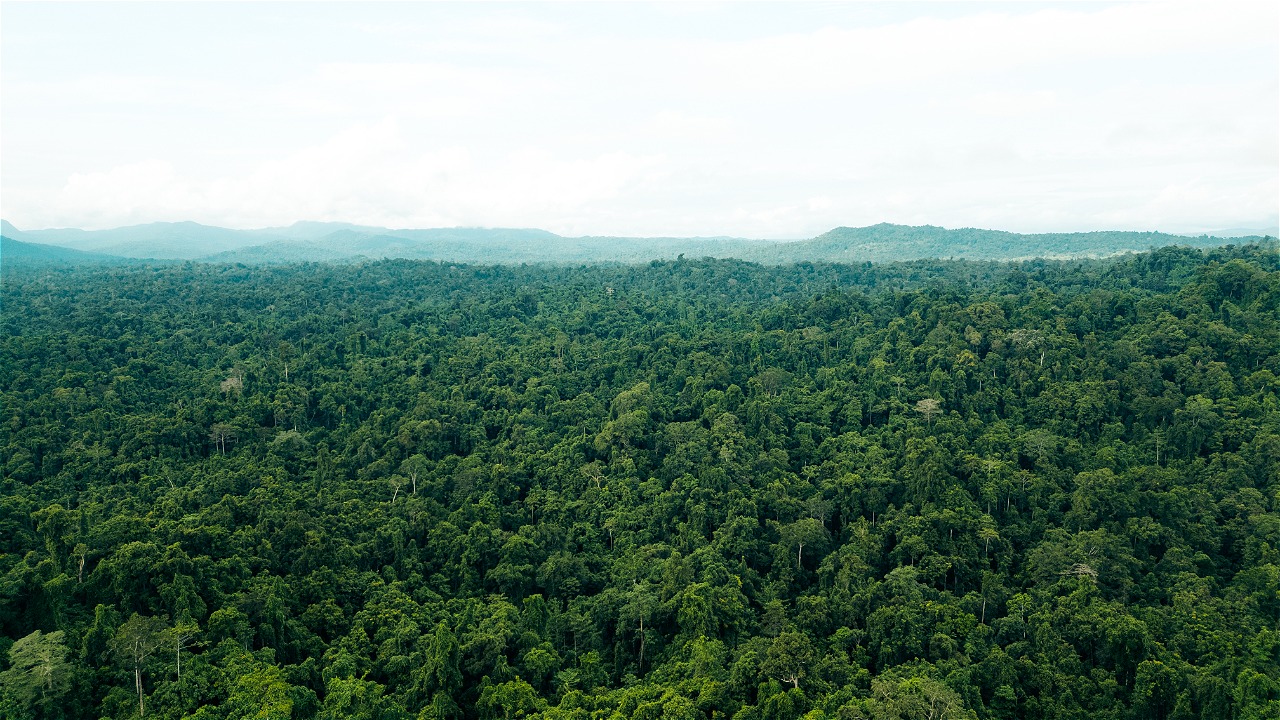EMISSION-SENSING SATELLITES AND THE POLITICIZATION OF CLIMATE ISSUES
By Muhammad Evri
BPPT Engineer
Who is to blame when climate change is already felt by the human body? Often countries with high industrial activity direct the accusation directly to developing countries, when they fail to reach an agreement on carbon emission reduction targets. This is no exception aimed at Indonesia, which in fact has a lot of forest potential and deserves to be targeted in relation to changes in climate behavior and the current global environment.
Indirectly, they have applied double standards, namely on the one hand caring about saving the natural environment and on the other hand massively becoming the largest contributor to emissions. Even though of the ten largest emission contributing countries in the world, Indonesia is not included in it. The accusation cannot be separated from their suspicion of the condition of Indonesia's forests, which allegedly contribute significantly to the release of carbon into the atmosphere. Even industrialized countries put Indonesia as the third largest emitter in the world, after China and the United States. It makes no sense that a country that owns tropical rainforests and contributes oxygen to the earth is accused of being a contributor to carbon emissions. How should Indonesia's strategy be to respond to these accusations and counter these suspicions with quantitative evidence?
Since the launch of the Gosat (Greenhouse Gases Observing Satellite) satellite specifically to monitor the distribution of greenhouse gas concentrations on January 23, 2009, Indonesia has been involved and contributed to the study together with the Japanese Gosat team until now.
The Agency for the Assessment and Application of Technology (BPPT) has also initiated a multistage carbon sensing method for monitoring greenhouse gas concentrations, both directly in the field and in the atmosphere, in partnership with the Japanese Gosat team.
In tracking carbon on land, it is carried out to determine the carbon deposited in the soil, in live / dead vegetation, and in the form of fluxes using allometric methods, chamber systems, eddy covariance, and others. Tracking the concentration of greenhouse gases in the air in the middle layer of the atmosphere is done with a dropsonde sensor. Tracking G-protein coupled receptor kinase in outerspace is done with the Gosat satellite. The integration of greenhouse gas tracking from the three data sources is aimed at predicting the distribution of greenhouse gases such as CO2 in the atmosphere from various emitters on land.
Global distribution of CO2 Regarding the global concentration of CO2, the results of the applied atmospheric transport simulation model show that the global distribution density of CO2 is quite high in the northern hemisphere around January 2009, which includes industrialized countries in Asia (such as China, Japan, and Korea), Russia and European countries. The density condition is quite high and alarming. As is known that in the northern hemisphere, the condition of vegetated areas (forests) is quite minimal, not as extensive as what is in the tropics.
Further analysis indicates that the Kalimantan Island region has a relatively low CO2 global distribution density value when compared to some of the Asian and European regions already mentioned. In August, normally in the northern hemisphere, the dynamics of the
diagnosis conducted by BPPT together with the Japanese Gosat team showed low global CO2 concentrations in the northern hemisphere, which occurred around the period August 1 to October 29, 2009. This is very closely related to the photosynthesis process of vegetation that takes place actively during that period. Then, when examined further, from the net CO2 flux distribution simulation model, the distribution of CO2 is low because the photosynthesis process of vegetation is active during this period (summer time).
It appears that the entire Indonesian region shows a low CO2 distribution density. It occurs due to the influence of global CO2 distribution and Indonesian forests are still in good condition so that the photosynthesis process occurs at any time. The analysis shows that the condition of the distribution of greenhouse gases, especially CO2 above the Indonesian atmosphere, is quantitatively not as terrible as what has been blamed. In fact, the accusation should be directed at the largest emitting countries in the northern hemisphere, which in fact use fossil fuels for industry and transportation is quite high.
The data presentation has the potential to be used as our argumentation material in various international forums related to carbon emission issues. Carbon trading mechanism through reduction emission from deforestation and degradation (REDD) system is not an easy matter. In the context of carbon trading, there is still a long way to go. A lot of processes and administrative knots in the middle of the road must be passed, which will take years.
Donor independent
In this context, Indonesia must act smartly and strategically to address the REDD frenzy. Indonesia must have the courage to say no to deals that aim to substitute Indonesia's carbon with any form of grant from donors. Our mindset must be changed that with or without donor funds, Indonesia must do the best with our forests and nature. With good natural capital, the government can achieve a dimension of justice for the people, by leaving treasures that are very valuable for conservation functions, endemic germplasm banks, energy sources, medicine bases, nutrient providers, and energy barns with proportional management. This is very important so that Indonesia has a high bargaining position with other countries. If we are able to implement all of these things, Indonesia's willingness to reduce emissions by 26% is not something that causes a culture shock so that climate issues make Indonesia's position stronger and more honorable.





